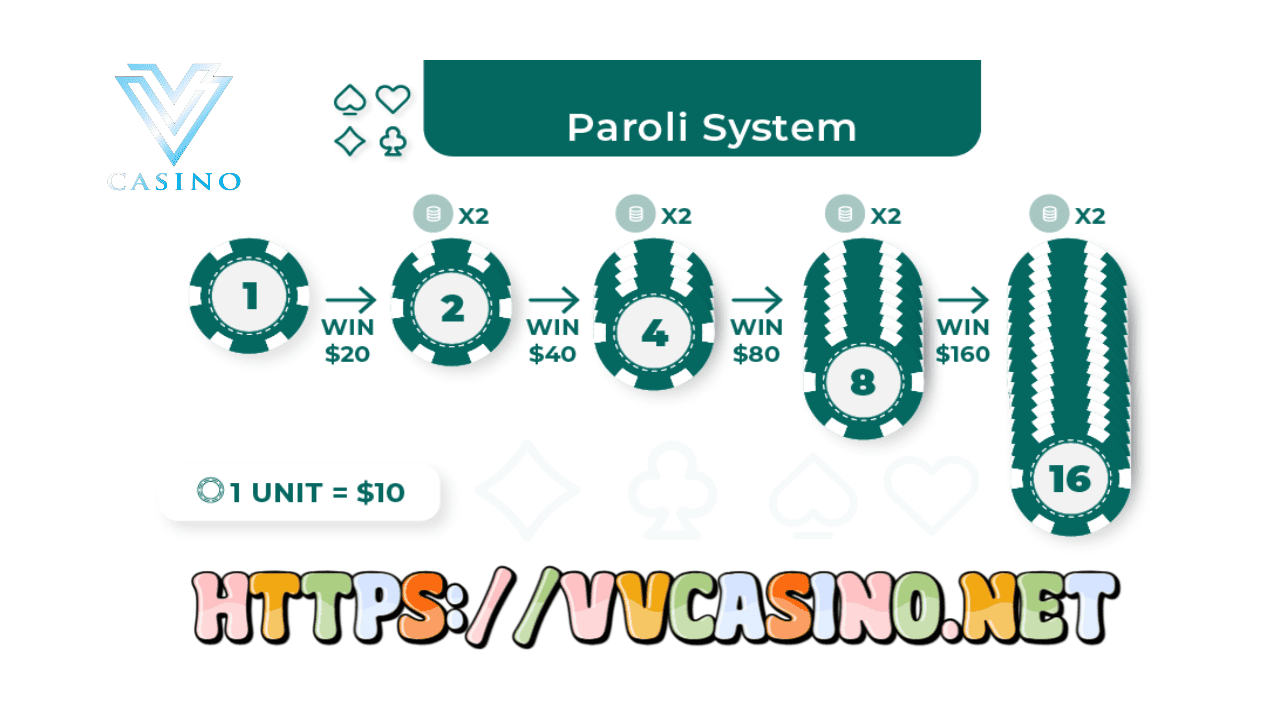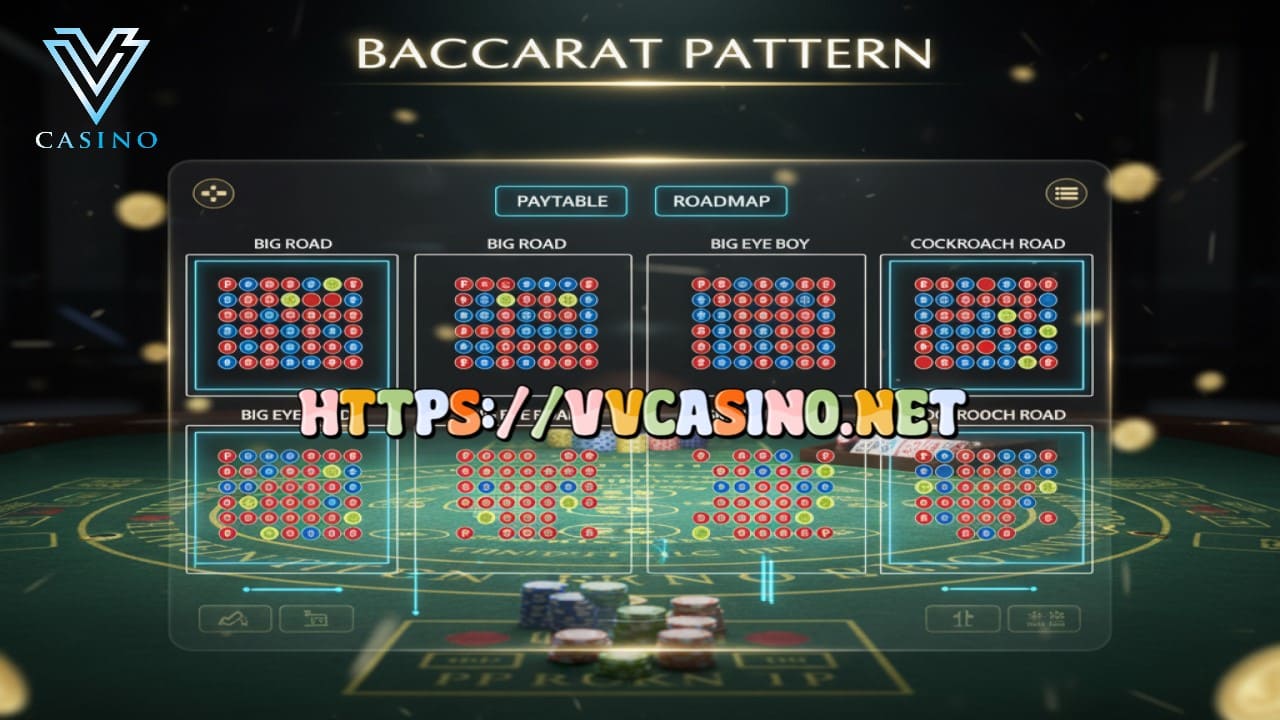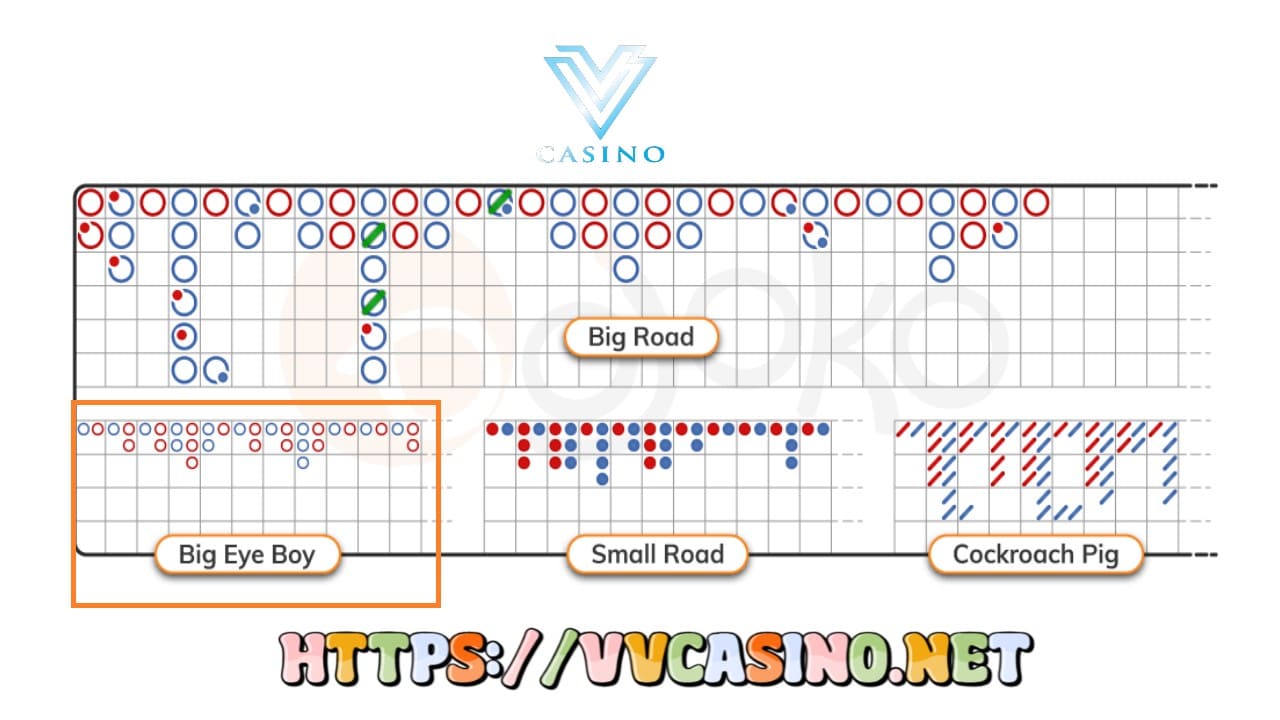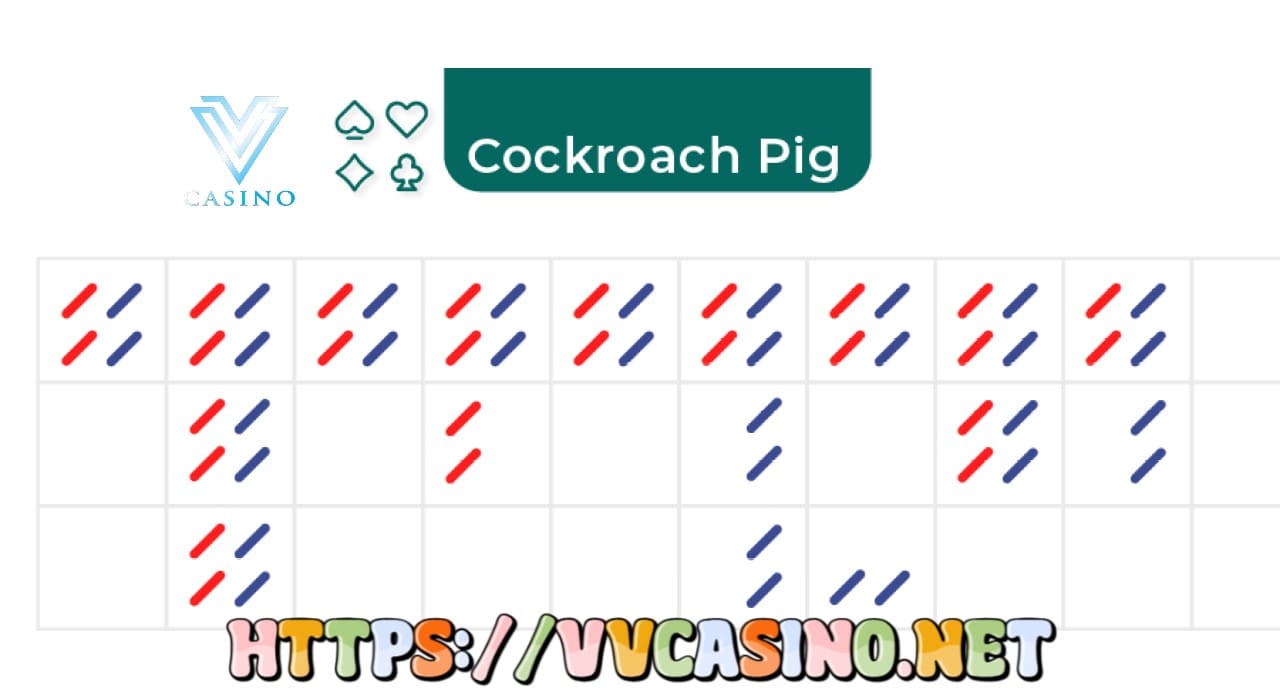
How to Win Baccarat
Baccarat, a game of elegance and simplicity, is often associated with high rollers and thrilling casino action. While it is fundamentally a game of chance with a small, inescapable house edge, a player can maximize their chances for short-term success by making statistically sound choices and, most critically, employing rigorous bankroll management.
The primary goal for any responsible player is to understand the math, manage their money, and treat the game as entertainment, not a guaranteed source of profit. No betting system or strategy can overcome the casino's inherent mathematical advantage over the long run.
The Core Mathematics: Baccarat Odds and House Edge
The first step to a responsible baccarat strategy is internalizing the odds of the three main bets: Banker, Player, and Tie. The house edge is the casino's built-in advantage, and your strategic goal is to always choose the bet with the lowest edge.
| Bet | Approximate House Edge (8-Deck Shoe) | Probability of Winning (Excluding Ties) | Payout |
| Banker | 1.06% | 50.68% | 1:1 (minus a 5% commission) |
| Player | 1.24% | 49.32% | 1:1 (no commission) |
| Tie | 14.36% | Approx. 9.51% (actual win rate) | 8:1 (or 9:1 at some tables) |
The Statistically Optimal Bet
The data clearly indicates that the Banker bet is the mathematically optimal choice. Despite the 5% commission taken by the casino on winning Banker bets, the rules governing the third card draw give the Banker hand a slight statistical advantage, resulting in the lowest house edge of just 1.06%.
The Player bet is the next best choice, with a very respectable house edge of 1.24%.
The Tie bet is a significant trap. With a colossal house edge of over 14%, it should be avoided entirely by any player focused on preserving their bankroll and extending play time. The high payout (8:1 or 9:1) is deceiving, as the probability of a tie occurring is very low. Similarly, all side bets (like Player Pair or Banker Pair) should be avoided due to their significantly higher house edge.
Essential Bankroll Management: The Unbreakable Rule
In a game where the house always holds the edge, the only true "winning" strategy is impeccable bankroll management. This means playing with money you can afford to lose and setting strict limits on your play.
1. Dedicated Bankroll and Unit Size
Your baccarat bankroll should be a fixed amount of money dedicated solely to gambling, separate from living expenses. It is crucial to determine a betting unit—the base amount of your wager—which should typically be no more than 1% to 2% of your total session bankroll. For example, with a $\$500$ bankroll, your unit should be $\$5$ to $\$10$. This ensures you can absorb typical streaks of losses without depleting your capital too quickly.
2. Stop-Loss and Win-Limit Discipline
The most important rules for responsible play are setting and adhering to stop-loss limits and win-limits.
-
Stop-Loss Limit: Determine the maximum amount you are willing to lose in any single session (e.g., $20\%-30\%$ of your session bankroll). When you hit this limit, you must walk away.
-
Win-Limit: Set a realistic profit target (e.g., $10\%-20\%$ of your session bankroll). If you hit your target, cash out your profits and end the session. This prevents giving back your winnings during an inevitable downswing.
3. The Power of "Quitting While Ahead"
The only way to lock in a win is to stop playing. Emotionally, it is easy to chase losses or feel invincible during a winning streak. Responsible play requires the discipline to adhere to your pre-determined limits, regardless of the emotional state of the game.
Analysis of Popular Baccarat Betting Systems
Many players utilize baccarat betting systems to structure their wagers, but it is vital to understand that these systems do not change the house edge. They are methods of managing bet size based on previous results; they do not impact the probability of future outcomes.
1. Negative Progression Systems
These systems involve increasing your bet after a loss, aiming to recoup all previous losses with a single win.
-
Martingale System: The simplest and most famous system. You double your bet after every loss.
-
Reality Check: While mathematically guaranteed to return to profit if you have an infinite bankroll and no table limits, the Martingale system fails in the real world. A short losing streak will rapidly escalate the bet size beyond both the player's bankroll and the table's maximum betting limit, leading to a catastrophic single loss.
-
-
Fibonacci System: Wagers are based on the Fibonacci sequence ($1, 1, 2, 3, 5, 8, \dots$), moving up one step after a loss and back two after a win.
-
Reality Check: This is a less aggressive negative progression than Martingale, but it still carries the same fundamental risk: a long losing streak will eventually exceed the player's bankroll or table limits.
-
2. Positive Progression Systems

These systems involve increasing your bet after a win, aiming to maximize profit during a winning streak while keeping losses small during a losing run.
-
Paroli System (Reverse Martingale): You double your bet after every win, aiming for three consecutive wins, and revert to the base unit after a loss or after three wins.
-
Reality Check: This system limits losses but sacrifices potential profits by resetting after a small run. It capitalizes on hot streaks without risking your entire bankroll in pursuit of losses. It is generally considered a safer approach than negative progression.
-
-
1-3-2-4 System: A positive progression where units are bet in the sequence $1, 3, 2, 4$ on consecutive wins. A loss at any stage returns you to the start (1 unit).
-
Reality Check: This is a conservative system designed to protect profits. After the second win, you have banked a profit, and the third bet (2 units) is smaller than the second. It reduces the risk of giving back a large portion of winnings.
-
The Illusion of Baccarat Pattern Tracking
A hallmark of baccarat is the elaborate display of scoreboards, known as Roadmaps, that track the history of Player and Banker outcomes. These include the Bead Road and various Derived Roads like the Big Road, Big Eye Boy, Small Road, and Cockroach Pig.
Many players use these roads to look for baccarat patterns—streaks, zigzags, or repeating groups—to try and predict the next hand.
-
The Gambler's Fallacy: The belief that past outcomes influence future, independent events is known as the Gambler's Fallacy. In baccarat, the deck is reshuffled (or a new shoe is used) frequently, and each hand is a statistically independent event. The Banker winning the last seven hands has no influence on the probability of the next hand's outcome. The probability of Banker winning the eighth hand is still approximately $45.86\%$.
-
Psychological Tool: The Roadmaps are psychological tools provided by the casino to encourage play based on superstition and pattern-chasing. While tracking is harmless as a form of record-keeping, relying on trend analysis for betting decisions is a strategy based on emotion, not mathematics.
How to Read Baccarat Patterns

How to win Baccarat is a game full of superstitions. Most players keep a close eye on shoe history, either on paper or with the help of a screen that shows every hand since the shoe started. There are various ways to record this information. Companies that market screens that display the history of shoes present it in various ways, according to the most popular method of determining the pattern.
If you want to win consistently at baccarat in the casino, you need a professional baccarat system with the right exit strategy. You want to start by learning the basics of the game before you play. Then you need to decide which baccarat system you will use when you go to the casino to play. Learning a good professional baccarat strategy is worth the time you will invest, giving you an edge at the table.
Before going any further, let me make a general comment about notation. When referring to the actual bet, I capitalize it. When referring to players who play games, I use lowercase letters. I invite the rest of the world to follow this convention, to help avoid confusion.
For those who don't know me, let me take a moment to say that all this effort to predict the next hand is a waste of time. For all practical purposes, the odds are the same for every hand, and past history doesn't matter. Now before the perfectionists out there write me, yes, I know if you use a computer, a card counter can make a computer perfect decision based on the composition of the remaining cards, which will rarely result in an advantage on some bets. However, that's not what I'm talking about. I'm saying that trying to find patterns in past Player and Banker wins is as useless as predicting the next color in roulette (on a fair wheel) by past red and black colors.
Although I personally don't play baccarat, I've been wondering for years about some of the tables in the shoe's history display. The staff at Venice helped me a lot to understand, so that I could enlighten the whole world. So, with that amazing introduction, let's get started. Here is a picture of a special sign, seen in Venice. There are various display components, which I will discuss individually.
Bead Plate
The top part is called the "bead plate." It used to be that players could buy trays with cubes with sides noting Player, Banker, and Tie wins. The wins are recorded as follows:
Blue = Player wins
Red = Banker win
Green = tie / draw
The game starts in the upper left corner and works its way down. When he reaches the bottom row, he moves up one column to the right and returns to the top row.
Big Road
The next section, pictured above, is called "The Great Road." This mainly tracks Player and Banker wins. Pair and pair wins are also noted with slashes and dots. To be more specific, a draw is noted with a green line through a previous Player or Banker win. A Pair of Players is noted with a blue dot in the lower right corner of the hand where it occurred. A pair of Bankers with a red dot in the upper left. For the sake of simplicity, in this example only the Player and the Banker win.
Just like in Bead Plate, players start at the top left, as well as marking the Player wins in blue, and the Banker wins in red. However, instead of a solid circle, with Chinese characters in the middle, Jalan Besar only has an outline of blue and red circles.
Unlike Bead Plate, in Big Road players start at the top of a new column with each player change and the Banker wins. Notice the grid is six rows deep. If there are seven or more Player or Banker wins in a row, the result will move to the right, creating what is known as a dragon tail. In this example that never happened, because there were never more than four consecutive victories on the same side.
Big Eye Boy

With the next schedule, it wasn't really clear what was going on, and this is where I started to need help. As previously mentioned, baccarat players are a superstitious bunch. Although the strategies they use to find patterns can be a complicated topic, one basic truth is that they are like predictions and patterns repeat. For example, if the last 12 hands were BBBPPPPBBBPPP, I would bet that everyone at the table would bet on the Banker on the side. Notice how winning happens in groups of three. The Big Eye Boy table is useful for measuring how repetitive the shoe is. A red entry is a repeat sign, and a blue entry is a "messy" shoe sign. It is important to note that in the Big Eye Boy table, blue and red are not associated with Player and Banker wins, as they were in the previous two tables.
The first entry on the Big Eye Boy table is the hand after the first entry in the second column of the Big Road, so there is enough information to judge whether a pattern is developing or not. This is where the air starts to thin, so pay attention. Each entry in the Big Eye Boy table, as well as the two subsequent tables, will refer to a specific entry in the Big Road. Each entry on Big Eye Boy is recorded as follows:
- If the part in question causes a new column in the Main Street, then compare the previous two columns in the Main Street. If the depth is the same, note the red circle on the Big Eye Boy. If not, note the blue circle.
- If the hand in question is the same result as the previous hand (skipping the tie), then compare the cell to the left of the newly made entry on Jalan Besar with the cell directly above the one. If these two cells are the same, either the Player, both Bankers, or both are empty; then mark the red color on Big Eye Boy. Otherwise, mark blue.
In other words, consider the latest entry on the Big Road. Then, move one cell to the left. Then, go up. If the upward movement does not produce a change, mark it red, if it does, mark it blue.
If the Great Road forms a dragon's tail, for the purposes of Big Eye Boy and the Little Road and Pig Cockroaches, assume that the Great Road is very deep, and ask yourself what would happen based on that assumption.
Note that if the High Street consists entirely of an alternating pattern of x Player wins with x Banker wins, then Big Eye Boy will be completely red.
Cockroach Pig

The next table, at the bottom right of the display, is "Pig Cockroaches." The Cockroach works the same as Jalan Kecil, except it skips two columns to the left of the current column on Jalan Besar. To have enough information, Babi Lipas must wait until after the first entry in the fourth column of the Big Road. This is exactly how Babi Lipas is recorded.
If the section in question causes a new column in Jalan Besar then compare the first and fourth columns to the left of the new column in Jalan Besar. If the depth is the same, note the red circle on the Cockroach Pig. If not, note the blue circle.
If the hand in question is the same result as the previous hand (skipping the tie), then compare the cell three cells to the left of the newly made entry on Jalan Besar with the cell directly above the one. If these two cells are the same, either the Player, both Bankers, or both are empty; then mark red in Babi Lipas. Otherwise, mark blue.
In other words, consider the latest entry on the Big Road. Then, move three cells to the left. Then, go up. If the upward movement does not produce a change, mark it red, if it does, mark it blue.
Finally, the picture above shows the top right of the display. The left side shows the overall shoe statistics for how often each bet was won. This is not a very realistic example, as I put the Player and Banker wins only, for example purposes. The right side shows what will happen in Big Eye Boy, Small Road, and Pig Cockroach according to whether the next hand the Player or Banker wins.
Can You Play Baccarat For A Living?
To know if Bettors can make money playing Baccarat, we need to understand how Baccarat is played. There are three participants in this Card game: Player, Banker and Dealer. Betett bets on either the Player or the Banker to win. The game starts with the Dealer giving two cards each to the Player and the Banker. The hand that totals closest to 9 wins. There are several variations, each more interesting than the previous one. But the potential for Gamblers to win big in Baccarat, due to the slim 'house edge', makes this Card Game dangerous for Casinos, and good for Gamblers. 'House Edge' is only 1.2% in the hands of the player and 1.1% in the hands of the banker. Baccarat is actually a game of pure chance that requires little or no skill on the part of the Gambler. Therefore, if the Gambler or Player is a high-headed professional, and he is willing to play for a long period of time regularly, to beat the odds, the chances of earning regular money from Baccarat are very high.
How Much Time Does It Take to Get a Stable Income?
As we have said Baccarat is a game of chance. Therefore, the Player has little or no control over the outcome of the game. However, to increase the chances of winning, it is necessary to recognize and apply the correct Baccarat strategy. This means, Players must bring baccarat playing strategies that have been developed by experience and analysis, to recognize the best opportunities. Only three results can be achieved from one hand. Better can bet on Player or Banker or a draw. The rules of Baccarat must be studied carefully by beginners, in order to establish a pattern in the game. Stable income depends on the developed Baccarat strategy. The idea is to plan a short time segment, say a week, and apply the Baccarat Attack Strategy to win or lose on many hands that can eventually show a positive surplus at the end of the segment, ie. week. Generally, beginners can start earning a steady income within a few months of continuous play.
Summary of Winning Baccarat Principles
To "win" at baccarat responsibly is to play intelligently, manage your capital effectively, and treat the game for what it is—a low-house-edge casino game.
-
Bet the Banker: The Banker bet is the cornerstone of an optimal baccarat strategy due to its low 1.06% house edge.
-
Avoid the Tie: The 14.36% house edge on the Tie bet makes it unviable. Avoid all high-risk side bets.
-
Strict Bankroll Management: Set definitive stop-loss limits and win-limits before you begin playing.
-
Embrace Positive Progression: If you use a system, stick to a positive progression system like Paroli or 1-3-2-4, as they aim to maximize wins and minimize losses, rather than risking escalating bets to chase losses.
-
Ignore Patterns: Understand that pattern reading from scoreboards is a superstition that cannot overcome the game's inherent randomness.
By adhering to these principles of discipline, bankroll control, and mathematical awareness, a player can significantly enhance their enjoyment and extend their play time, which is the most reasonable expectation for a game of chance.
So, how to win at real money baccarat? Follow these common sense baccarat tricks to win to find out how. There are no secret baccarat patterns or cheats. It's just common sense and improve your chances by understanding how baccarat works and avoiding the most common mistakes.
Before you play for real money, please note that beginners should read our 'How to Play Baccarat' article if you don't know the rules. It makes no sense if you don't understand the basic rules and game play of baccarat. Take some time to read it; this is a very simple game with two cards for the player and the banker, and extra cards are only given in a few circumstances.
FAQ
The Banker bet is the best bet because it has the lowest house edge at approximately 1.06%, which is slightly better than the Player bet's 1.24%.
No, even with the 5% commission, the Banker bet's superior winning probability (around 50.68% of non-tie hands) results in a lower overall house edge than the Player bet.
Betting systems are organizational tools that manage bet size, but they do not change the fundamental odds or the house edge of the game. They can increase volatility or structure short-term play but cannot guarantee a win in the long run.
No. The Tie bet has a very high house edge of over 14%, making it the worst statistical bet on the table. It should be avoided by players seeking an optimal strategy.
The most crucial element is strict bankroll management, which includes setting and strictly adhering to stop-loss limits and win-limits to protect your capital and lock in profits.
The house edge in Baccarat (1.06% on Banker) is one of the lowest in the casino, comparable to or better than optimized Blackjack (around 0.5%) and significantly lower than Roulette (5.26% on American, 2.7% on European) or most slot machines.
The primary flaw is the reality of table limits and bankroll limits. A relatively short losing streak forces a player to double their bet repeatedly, quickly exceeding the maximum allowable bet or the player's capital, leading to a massive, irretrievable loss.
The Banker's decision to draw a third card is contingent upon the Player's third card, giving the Banker a final, slight positional advantage over the entire shoe, which mathematically translates to the lower 1.06% house edge.
The Gambler's Fallacy is the mistaken belief that an outcome that has not occurred for a while (e.g., a Player win) is "due" to happen, or that a current streak (e.g., five Banker wins) is more likely to continue or end. In baccarat, each hand is an independent event, and past results do not affect future probabilities.
A responsible recommendation is to limit any single bet, or betting unit, to no more than 1% to 2% of your total session bankroll. This conservative approach allows you to absorb inevitable downswings and remain in the game longer.



